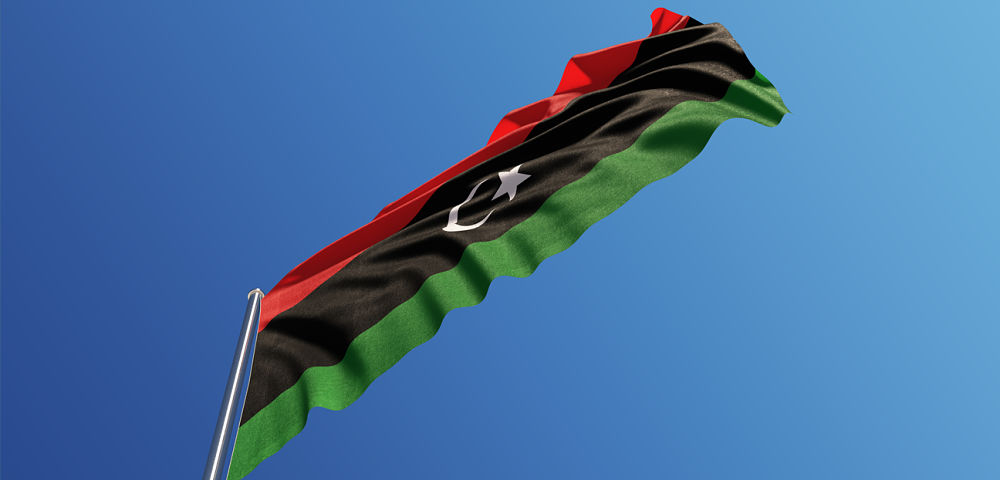Over the last 6 years, supply of oil from Libya has been volatile and unstable.
In fact, it was energy supply volatility that drove the growth of shale companies like INEOS Shale, founded by Jim Ratcliffe, and Cuadrilla Resources, founded by Chris Cornelius.
Volatility Will Lead to Short-Term Price Hikes
This volatility is set to continue. According to an unnamed source reported by Bloomberg, Libya’s largest oil field stopped pumping over the weekend.
The halt was a result of the closure of a pipeline between Sharara and the Zawiya refinery. This is a major issue because the Sharara oil field contributes a significant amount of the oil to Libya’s overall output – 300,000 barrels of the country’s 1.1 million barrel total.
As you might expect, oil prices have peaked in response. It has scared the markets and underlined the instability of the country’s political environment.
The country is currently ‘controlled’ – if that is the right term – by two rival governments, a parliament which is unstable and dysfunctional, and a re-invention of the old parliament which is now called an ‘advisory body’. Very unstable.
Oil assets are being used as political ‘pawns’ between these various different actors, meaning that important sources of production could be cut off at any time. Uncertainty leads to anxiety. Anxiety leads to higher prices.
Weakening Hand of OPEC
But there is a reason to believe that higher oil prices might reverse in the long term: Libya is a key member of OPEC, the oil bloc. The instability of oil production in the country is the latest blow to the bloc.
If Libya’s production continues to stall, then OPEC will control less of the world’s overall production, reducing their influence and leverage over the markets. This would not matter much if Libya was the only country that was reducing production – but other countries are having trouble too.
It was announced today that Venezuela’s oil output is running short. On top of that Saudi Crown Prince Salman has signaled to the markets that he wants to diversify the country’s economy away from oil.
All of this signals that the vice-like grip that OPEC has had over the markets over the last few decades is starting to wane. The sun may be setting on OPEC.
If that is the case, then oil prices may return to a more stable natural level – rather than be held up by OPEC, as they have been over the last few decades.




